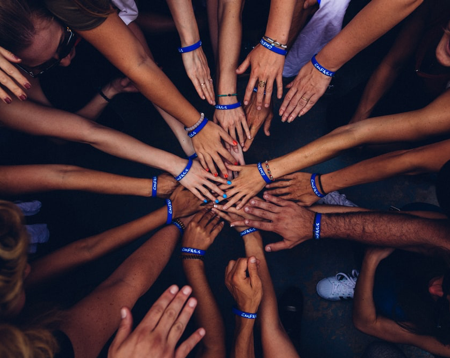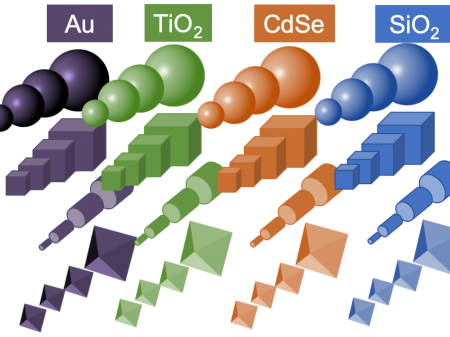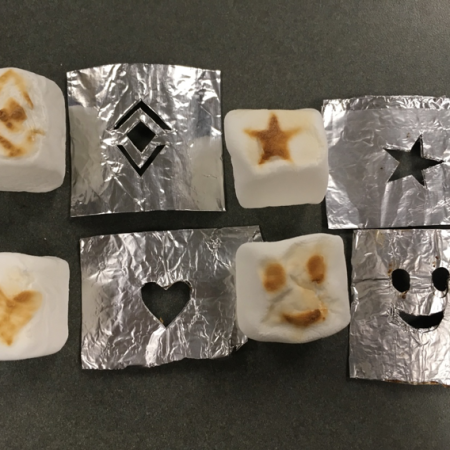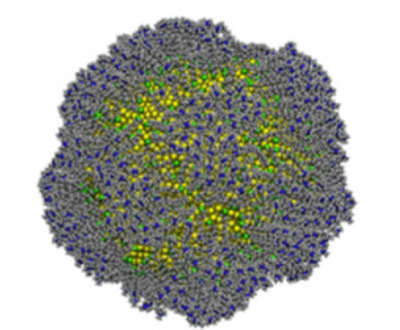
Tag: gold


Podcast Ep 35. Photographing the Unphotographable

Can nanotechnology help make a better COVID-19 test?

Nanotechnology for Younger & Healthier Skin?

What gives gold nanoparticles their color?

It’s National Chemistry Week! What do Marvelous Metals have to do with nanotechnology?

Can We Make Nanoparticles More Sustainable?

Celebrating the 150th Anniversary of the Periodic Table: Nano-Style!

Life is S’more Fun with Nanoscience
